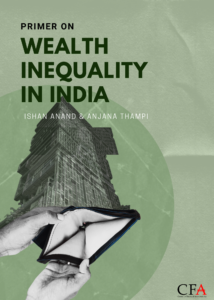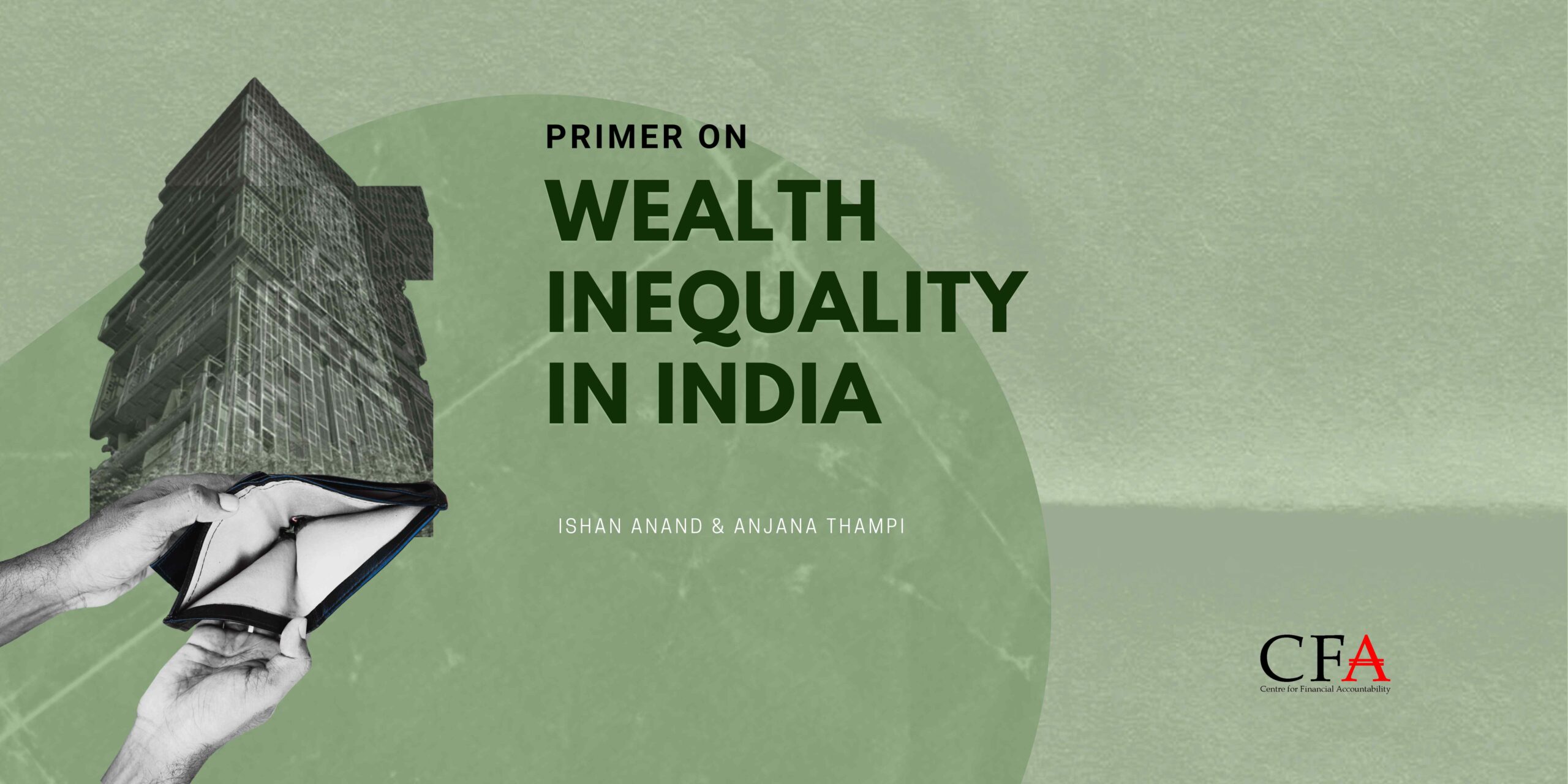 Several overlapping crises afflict the world today – the pandemic and the health crises, an uneven economic recovery and impending recession, the climate emergency, and the question of survival of democracies and institutions with the rising wave of authoritarianism. While the exact nature of these crises varies significantly, a fundamental driver across regions has been the obscene levels of inequality. Economic inequalities have risen sharply around the world since the 1980s. But it is after the global financial crisis of the late 2000s, subsequent shifts in academic discussions, and movements such as Occupy Wall Street that the rise in inequality gained greater attention in academic, policy, and public discourse. The Covid-19 pandemic further exposed the depravity of the economic order that works perfectly well for the top 1 per cent while the rest are one shock away from severe deprivation.
Several overlapping crises afflict the world today – the pandemic and the health crises, an uneven economic recovery and impending recession, the climate emergency, and the question of survival of democracies and institutions with the rising wave of authoritarianism. While the exact nature of these crises varies significantly, a fundamental driver across regions has been the obscene levels of inequality. Economic inequalities have risen sharply around the world since the 1980s. But it is after the global financial crisis of the late 2000s, subsequent shifts in academic discussions, and movements such as Occupy Wall Street that the rise in inequality gained greater attention in academic, policy, and public discourse. The Covid-19 pandemic further exposed the depravity of the economic order that works perfectly well for the top 1 per cent while the rest are one shock away from severe deprivation.
Inequality in India is striking in terms of its absolute magnitude and the distinct ways that it interacts with its social structures. The Indian case of high and rising inequality is compounded by the overwhelming numbers of the poor and hungry amongst its population. India ranked 107 of 121 countries in the Global Hunger Index 2022 and is home to 8 per cent of the world’s population living in absolute poverty, only marginally better than Nigeria and the Democratic Republic of the Congo. [ World Poverty Clock] The extent of economic inequality can also be seen by the disparities in income and consumption expenditure. A recent study has shown that the income share of the top 1 per cent was around 21 per cent during British rule in 1922, declined to 6 per cent in the 1980s, but returned to 22 per cent by 2015 (Chancel & Piketty, 2019). That is, income concentration is at an all-time high in around a century!
This primer focuses on inequality in wealth and access to assets, an aspect that has not received sufficient attention. Wealth is increasingly concentrated at one end of the distribution, while millions in the rest of the distribution do not have access to basic amenities and opportunities. The recently released Oxfam India report noted that the share of the top 1 per cent in India’s total wealth was as high as 40 per cent and that of the top 10 per cent was about 72 per cent (Oxfam India, 2023). Inequality and deprivation in India also need to be understood through the axes of caste, gender, religion, and region. We discuss the evolution of wealth inequality in India and argue that inequality and deprivation are not inevitable or insurmountable. To this end, a simple wealth tax proposal is discussed along with its policy implications.
Read and Download the Primer here: Primer on Wealth Inequality
Centre for Financial Accountability is now on Telegram. Click here to join our Telegram channel and stay tuned to the latest updates and insights on the economy and finance.

